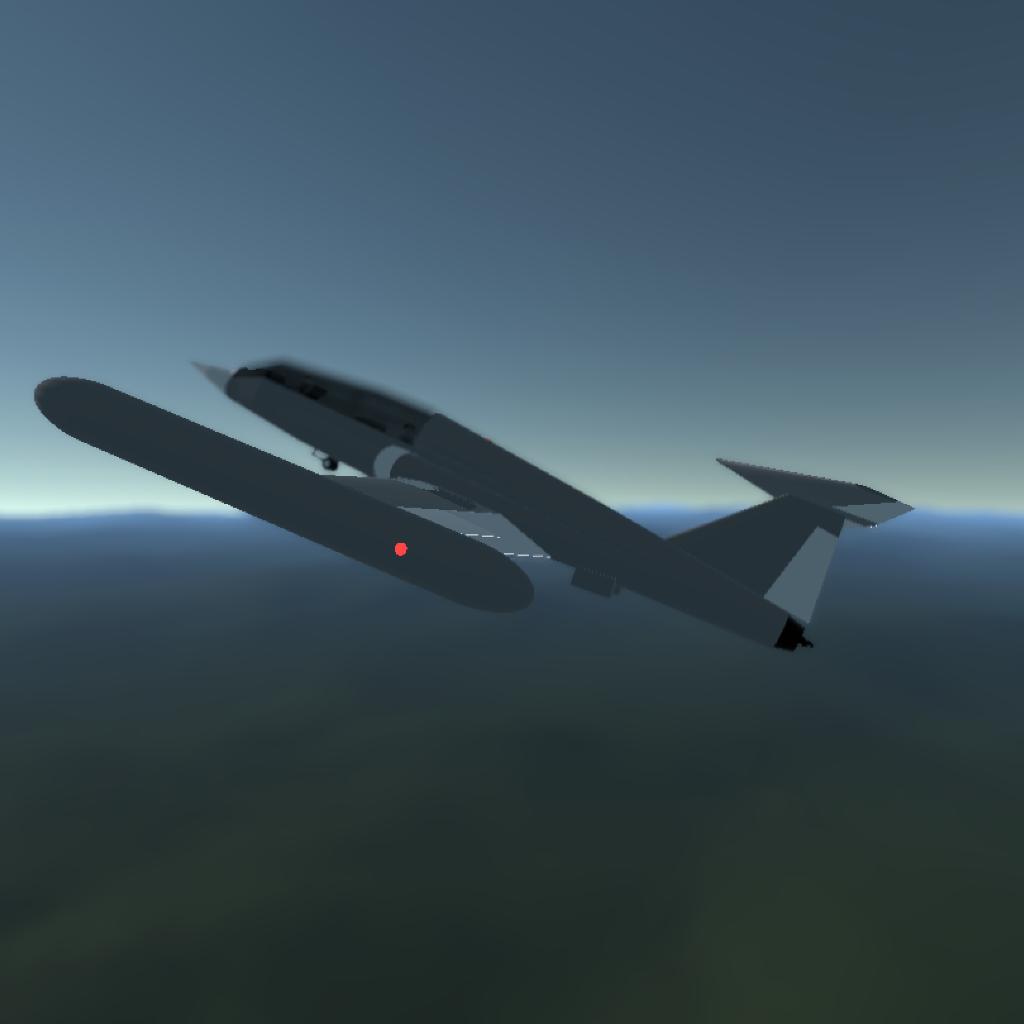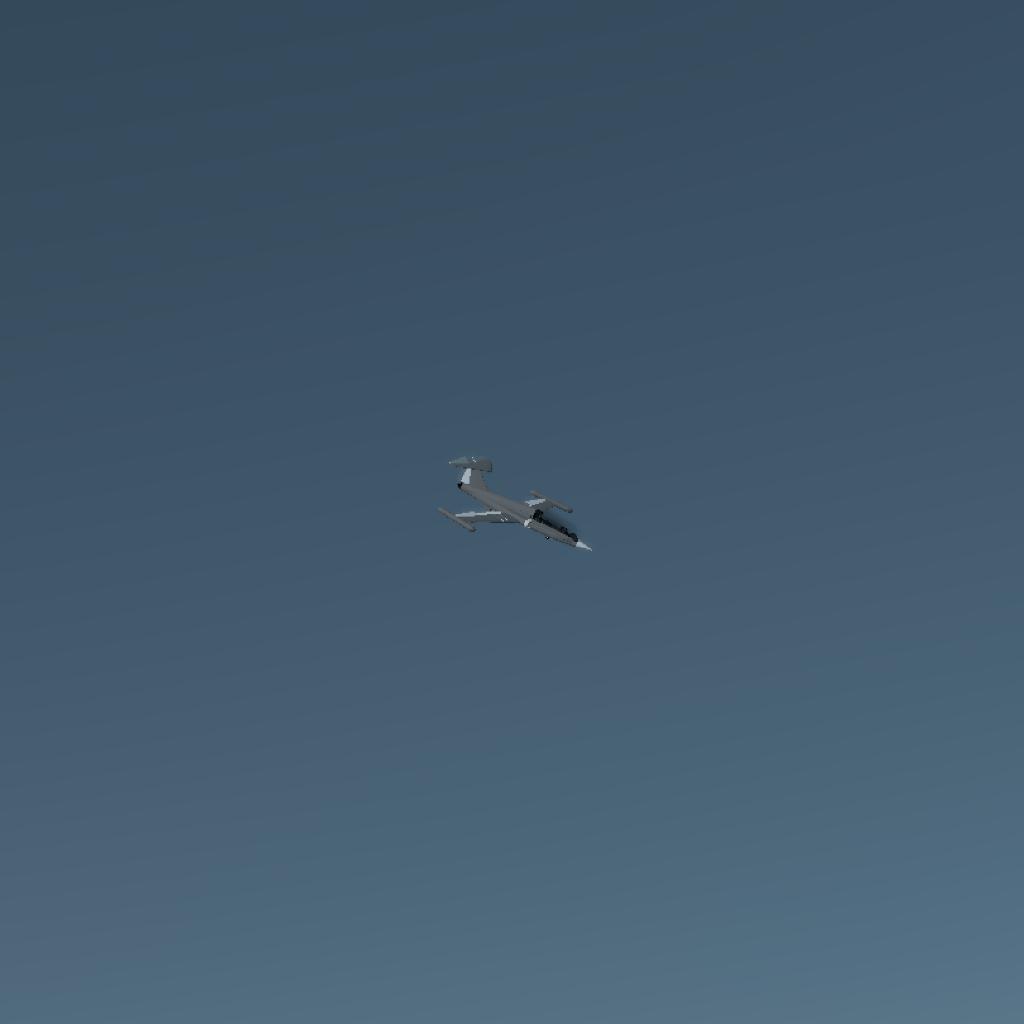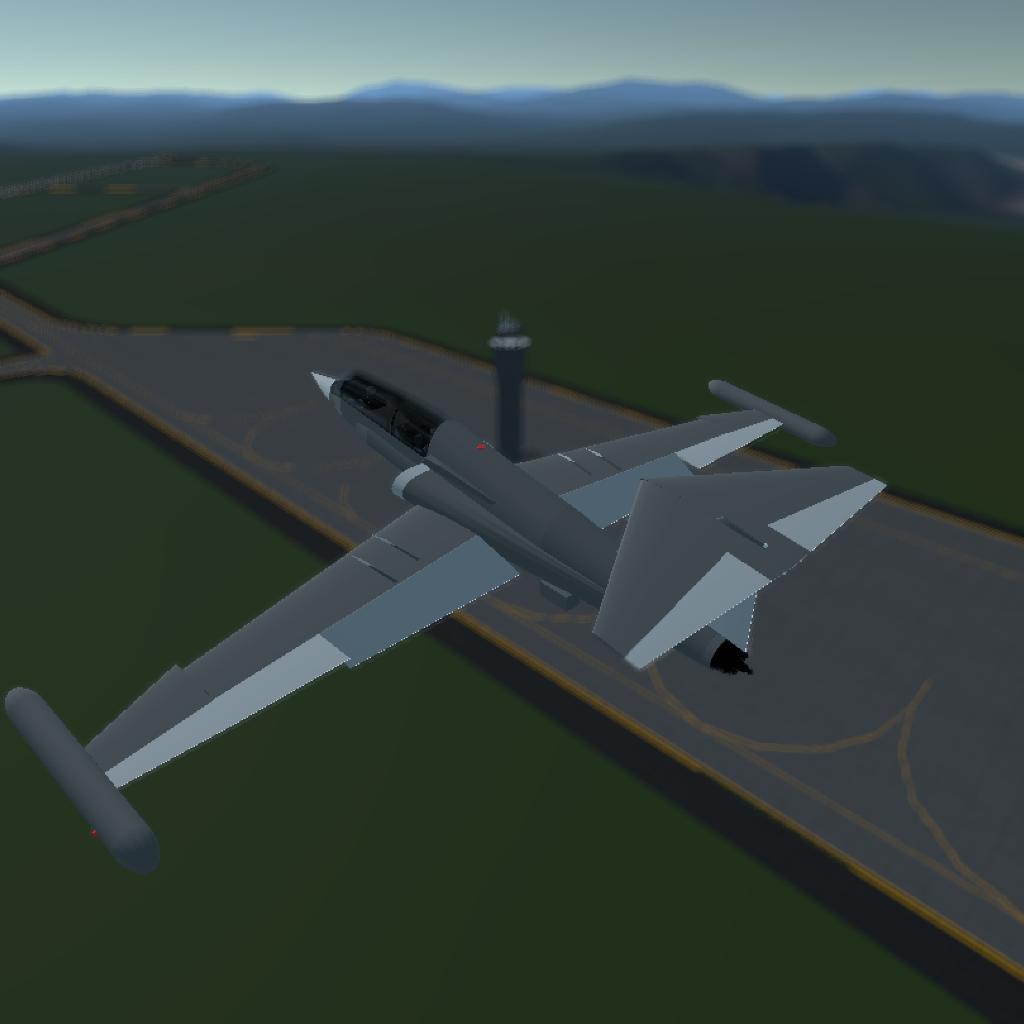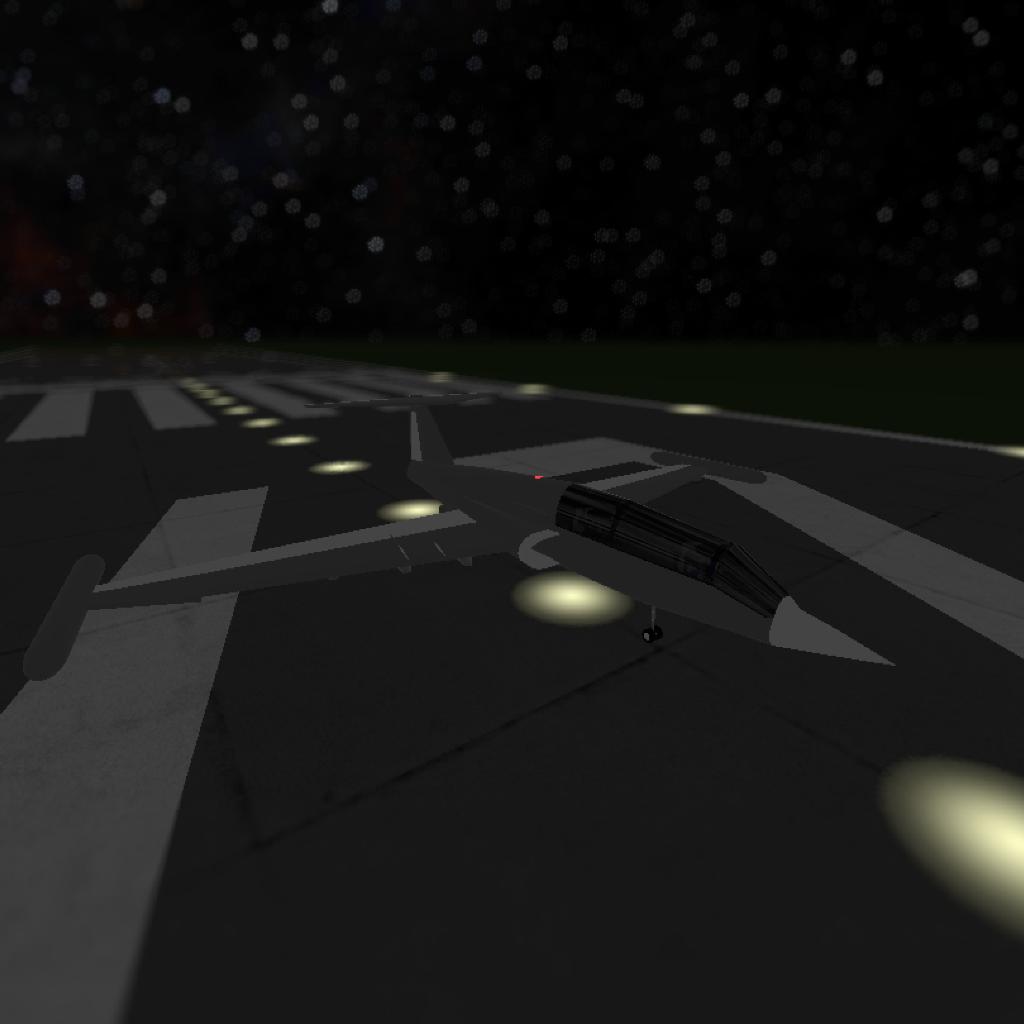Origins of the A-77 Aircraft
Concept and Design
The A-77 aircraft was conceived in the late 1980s as part of a military modernization initiative aimed at developing a versatile and agile light attack aircraft. The design drew inspiration from existing successful platforms, notably the Aermacchi MB-339. The goal was to create an aircraft that could perform light attack missions with high maneuverability, suitable for both air-to-ground and air-to-air combat roles.
Development Team
A multinational consortium of aerospace engineers and defense contractors led the development of the A-77. The primary design team was based in Europe, leveraging expertise from various countries known for their advanced aerospace technologies. This collaborative effort allowed the integration of cutting-edge avionics and aerodynamics, ensuring the A-77 met contemporary combat requirements.
Design Features
Engine and Performance: The A-77 is powered by a single turbofan engine, providing a balance between speed and efficiency. This engine selection ensures that the aircraft can operate effectively in diverse combat scenarios while maintaining a relatively low operational cost.
Seating and Control: The twin-seat configuration of the A-77 allows for both pilot training and operational flexibility. The rear seat can be utilized for an instructor during training missions or for a weapon systems officer during combat operations, enhancing the aircraft’s operational versatility.
Agility and Maneuverability: Featuring a T-tail design, the A-77 boasts excellent stability and control, particularly at low speeds. This design choice enhances its agility, making it highly effective in dogfighting and close air support missions.
Armament: The aircraft is equipped with two 20mm cannons positioned near the canopy, providing a robust forward-facing armament ideal for strafing runs and engaging enemy aircraft. The A-77 also supports a variety of external munitions, including bombs, rockets, and air-to-air missiles, further extending its combat capabilities.
Avionics and Systems: Modern avionics systems were integrated to ensure superior situational awareness and targeting accuracy. These systems include advanced radar, electronic warfare capabilities, and a comprehensive suite of sensors, making the A-77 a formidable opponent in modern air combat.
Production and Deployment
Initial production of the A-77 began in the early 1990s, with the first operational units being delivered to several air forces around the world by the mid-1990s. The aircraft quickly gained a reputation for its reliability, ease of maintenance, and adaptability in various combat roles. It has since been deployed in numerous conflicts, demonstrating its effectiveness in diverse operational environments.
Conclusion
The A-77 stands as a testament to international collaboration in aerospace engineering, combining innovative design elements from various global experts. Its agility, versatile armament, and advanced avionics make it a crucial asset for modern air forces, fulfilling a wide range of combat and support roles.










@Atmotec thanks bro